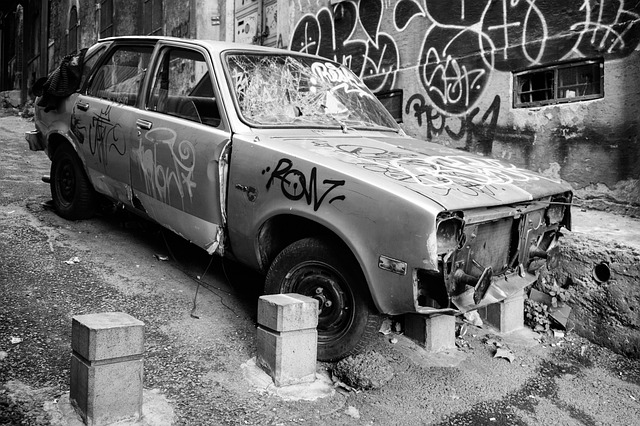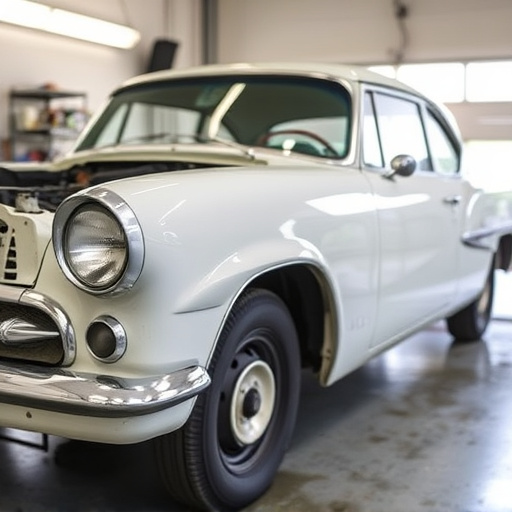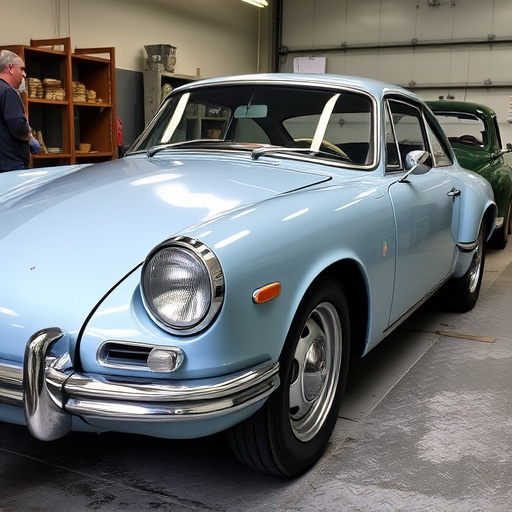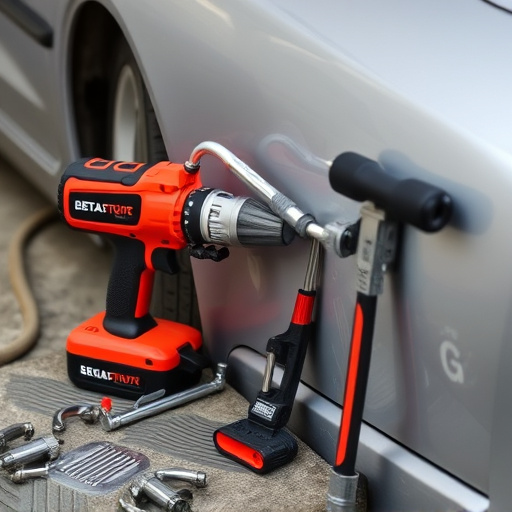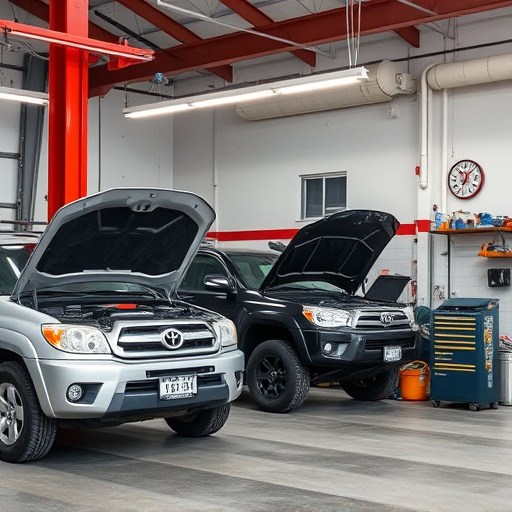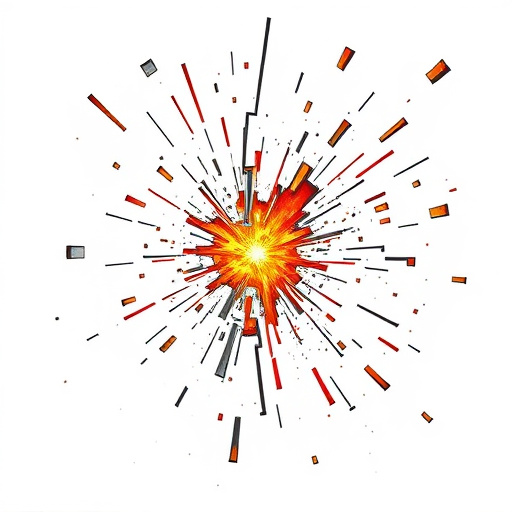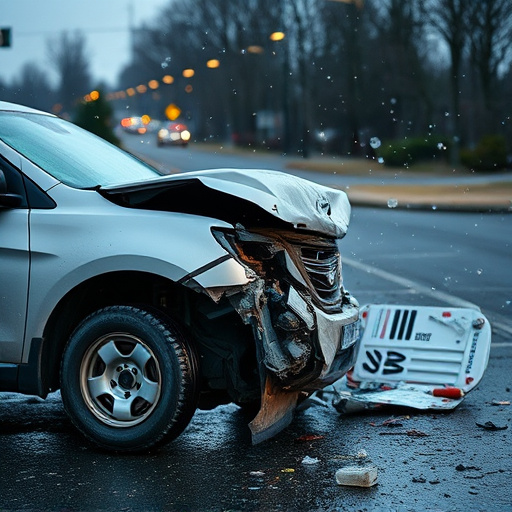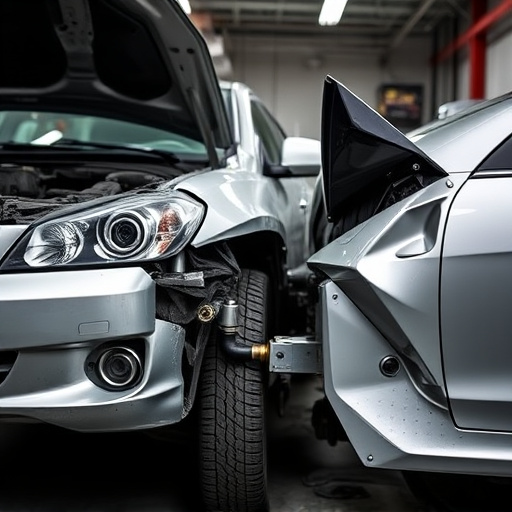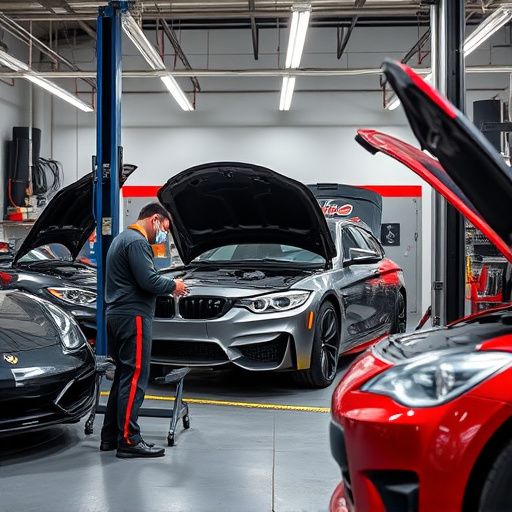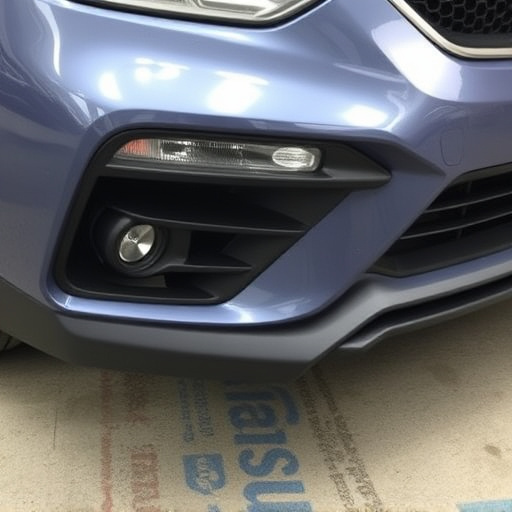OEM bumper replacements offer precise fitment, maintaining vehicle aesthetics and structural integrity. These genuine parts ensure safety, preserving body structure and reducing future maintenance costs. The process involves carefully removing the old bumper, preparing the surface, installing the new one with meticulous alignment, and final inspection for optimal protection and appearance.
“Unsure about the process of an OEM bumper replacement? This step-by-step guide breaks down the entire procedure, from understanding the benefits of original equipment manufacturer (OEM) parts to installing your new bumper. First, learn about the specialized OEM bumper replacement parts and their advantages. Then, follow our clear instructions on demonting the old bumper safely. Finally, discover how to install and secure your new OEM bumper properly. By the end, you’ll be equipped with the knowledge to tackle this common car repair.”
- Understanding OEM Bumper Replacement Parts
- Demonting and Removing the Old Bumper
- Installing and Securing the New OEM Bumper
Understanding OEM Bumper Replacement Parts
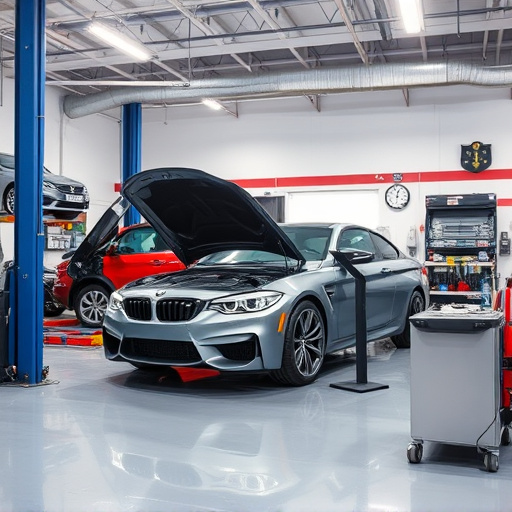
OEM bumper replacement parts are designed to perfectly match the make and model of a vehicle, ensuring both aesthetic and structural integrity. These parts are manufactured by the original equipment manufacturer (OEM), adhering to the same standards as the original equipment used in automotive collision repair. Using OEM parts is crucial for body shop services aiming to provide top-quality collision damage repair.
The benefits extend beyond visual appeal; OEM bumpers enhance safety, offering optimal protection during accidents. When a vehicle undergoes an automotive collision repair, using genuine OEM replacement parts guarantees that all components work in harmony with the vehicle’s existing systems. This seamless integration ensures the structural integrity of the car body, providing peace of mind and potentially reducing future maintenance costs.
Demonting and Removing the Old Bumper
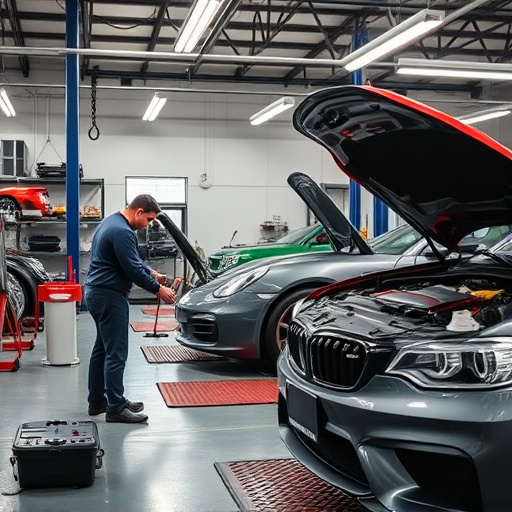
The first step in an OEM bumper replacement is demonting and removing the old bumper. This process requires a systematic approach to ensure the safety of both the vehicle and the repair technician. The removal typically begins by identifying all the components attached to the bumper, including any sensors, lights, or brackets. These parts are carefully detached using specialized tools, taking note of their original positions for future reference. Once these attachments are secured, the old bumper is gently lifted away from the vehicle, revealing the underlying structure and allowing access for further disassembly.
This meticulous process forms a crucial part of any collision repair services or automotive repair services, as it prepares the way for the installation of a new OEM bumper. The old bumper is then set aside for proper disposal or recycling, contributing to sustainable vehicle repair practices. With the old bumper removed, the repair technician can focus on preparing the car’s surface and ensuring the new bumper will fit seamlessly, providing optimal protection for the vehicle in case of future collisions.
Installing and Securing the New OEM Bumper
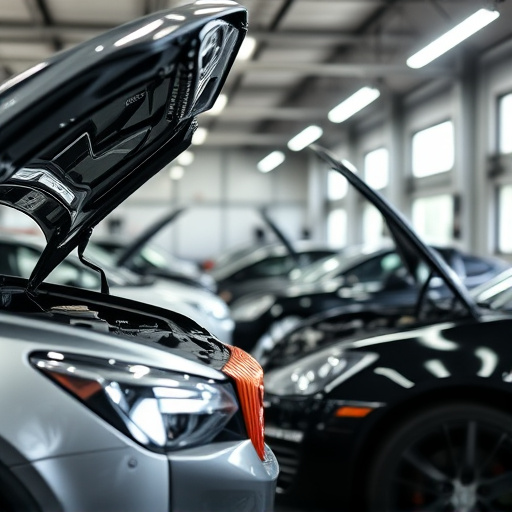
After the old bumper is removed, the next step in the OEM bumper replacement process is installing and securing the new one. This involves careful alignment to ensure a seamless fit with the vehicle’s structure. The new bumper is typically equipped with various attachment points that correspond to those on the car. These may include bolt holes, clips, or other fasteners designed specifically for the OEM bumper. A professional technician will align these attachment points and secure them using the appropriate tools, such as wrenches or impact drivers.
During this phase, it’s crucial to ensure all components are properly fastened and aligned. This not only includes the main structure of the bumper but also any additional parts like corner pieces, grilles, or sensors that are part of the OEM bumper design. Once secured, a visual inspection is conducted to verify the bumper’s integrity and appearance. This step completes the physical installation, leaving the vehicle with a fresh, factory-specifier front or rear end. The process effectively restores the car’s aesthetic appeal and ensures its safety in case of future collisions, underscoring the importance of quality OEM parts and professional body shop services.
OEM bumper replacements are a seamless way to restore your vehicle’s original aesthetic and protect its structure. By understanding the specialized parts involved, efficiently dismantling the old bumper, and securely installing the new one, you can achieve a flawless repair that enhances safety and keeps your car looking like new. This step-by-step process ensures a successful OEM bumper replacement every time.
